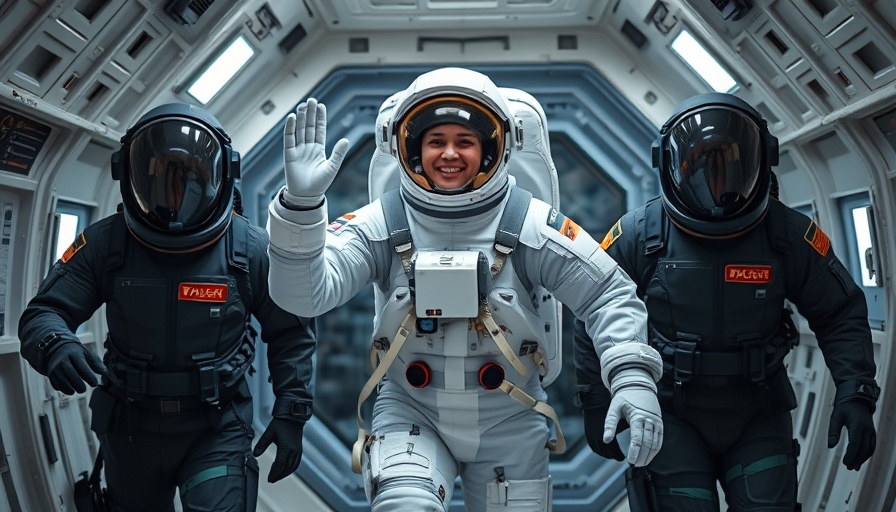
Historic Splashdown: A Safe Return to Earth
On March 18, 2025, the Crew-9 astronauts made a successful splashdown off the coast of Florida, concluding a remarkable mission aboard the International Space Station (ISS). The SpaceX Dragon Freedom spacecraft settled into the Gulf of Mexico at 5:57 PM EDT, marking a significant milestone in the ongoing exploration of space by private companies and government agencies alike. This splashdown came 17 hours after the spacecraft undocked from the ISS. As the crew members—NASA astronauts Nick Hague, Suni Williams, Butch Wilmore, and Roscosmos cosmonaut Aleksandr Gorbunov—returned to Earth, they brought back invaluable data and experiences from their time in orbit.
Significance of Commercial Space Exploration
This return of Crew-9 highlights the evolving landscape of space exploration through public-private partnerships. With commercial companies such as SpaceX taking the lead in human spaceflight operations, NASA is able to focus on ambitious objectives like the Artemis missions aimed at returning humans to the Moon and exploring Mars. The collaboration with private entities not only expands the capabilities and options for astronauts but also paves the way for future space tourism and deep-space missions.
Bridging Science and Humanity
During their time aboard the ISS, Crew-9 conducted over 100 science experiments that ranged from studying microgravity effects on human health to testing new technologies for future missions. These efforts exemplify the broader goal of space exploration: enhancing life on Earth. As explained by Hague, "To our colleagues and dear friends who remain on the station … the station’s in great hands. We’re excited to see what you guys are going to accomplish.” Statements like these evoke the sense of global cooperation that characterizes the work conducted aboard the ISS.
Weathering Challenges for Safe Returns
The decision to conduct splashdown off Florida's Gulf Coast was strategic, as favorable weather conditions were present, ensuring a safe landing. The recovery operation involved teams on SpaceX's recovery ship, which was equipped with multiple fast boats to secure the spacecraft. Once the Dragon was stabilized, it was lifted onto the deck, allowing for medical check-ups of the returning astronauts before they headed to NASA's Johnson Space Center in Houston.
Looking Ahead: The Future of Space Travel
The Crew-9 mission is not just a conclusion, but a precursor to the impressive space expeditions planned for the near future. As NASA prepares for its Artemis program and goes beyond low Earth orbit, the collaboration with companies like SpaceX indicates a shift towards sustainable human presence in space. Future missions will not only enhance our scientific knowledge but also build the necessary infrastructure for human existence on other celestial bodies.
Other Jurisdictions Parallel to This Event
While Crew-9 represents a significant moment for NASA and SpaceX, similar missions across the globe highlight the international commitment to exploring beyond our planet. For example, China's human spaceflight program is advancing rapidly, with plans for station assembly and lunar exploration. These parallel missions underscore a universal desire to understand our universe, fostering cooperation among countries on a collective journey into space.
Conclusion: The Ripple Effect of Space Exploration
The safe return of Crew-9 underlines the importance of space exploration and the ripple effects it can have on Earth. Scientific advancements, international collaboration, and the inspiration it provides for younger generations emphasize how vital space science is to our future. As these astronauts find their feet back on Earth, they leave behind a legacy of exploration that encourages humanity to reach for the stars.
 Add Row
Add Row  Add
Add 




Write A Comment